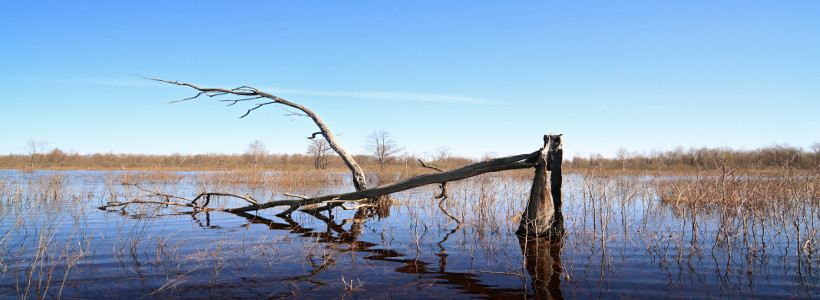
The term “common enemy” originates from the idea that surface water is the common enemy of every property owner. Union v. Durkes, 38 N.J.L. 21, 22 (1875). The common enemy doctrine embraces the idea that because water is a common enemy, surface water may diverted at the land owner’s discretion, though the diversion may injure an adjacent land owner. Miller v. Letzerich, 121 Tex. 248, 258, 49 S.W.2d 404, 409 (1932). Black’s Law Dictionary defines the common-enemy doctrine as the rule that a landowner may repel surface waters as necessary (as during a flood), without liability for the consequences to other landowners. Common-Enemy Doctrine, Black’s Law Dictionary (10th ed. 2014).
Many states subscribe to the common enemy doctrine; however, some states, like Texas, have modified the doctrine by holding landowners responsible for damage to neighboring property due to diversion of surface water. Section 11.086 of the Texas Water Code provides that:
(a) No person may divert or impound the natural flow of surface waters in this state, or permit a diversion or impounding by him to continue, in a manner that damages the property of another by the overflow of the water diverted or impounded.
(b) A person whose property is injured by an overflow of water caused by an unlawful diversion or impounding has remedies at law and in equity and may recover damages occasioned by the overflow.
Tex. Water Code Ann. § 11.086 (West 2017).
Surface water is water, such as rainfall runoff, that collects and flows on the ground but does not form a watercourse. Diffused surface water, Black’s Law Dictionary (10th ed. 2014). Rainwaters that do not fully saturate into the soil or naturally flow downstream will gather on the ground and cause flooding. To minimize property damage, landowners will generally repel flood waters from their property causing the waters to naturally flow downward. Unfortunately, the diversion of flood waters often causes damage to other lower property. Under the common-enemy doctrine, the upper landowner may do what is necessary to remove the surface waters or flood waters retained on their property, even if it subsequently causes flood damage to the lower neighbor’s property. The common-enemy doctrine also provides that a lower landowner may not cause or prevent such surface waters from its natural flow downstream.
In the event of a natural disaster, such as a hurricane, water is the common enemy and under the common-enemy doctrine, a lower landlord is without remedy. Note that states that apply the modern rule protect lower landowners by providing a remedy for damages caused by the diversion of surface waters from a neighbor. However, Texas law does not prevent landowners from diverting flood waters off their property, rather it allows the diversion so long as it is reasonable and does not cause damage or continues to cause damage to neighboring landowners.
Laws in Texas concerning surface water diversion in both normal and disaster conditions can be complex. Before diverting water, it is recommended that a property owner consult a competent real estate attorney to analyze the relevant facts.
All information provided on Silblawfirm.com (hereinafter "website") is provided for informational purposes only, and is not intended to be used for legal advice. Users of this website should not take any actions or refrain from taking any actions based upon content or information on this website. Users of this site should contact a licensed Texas attorney for a full and complete review of their legal issues.
